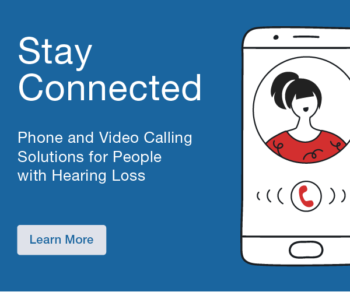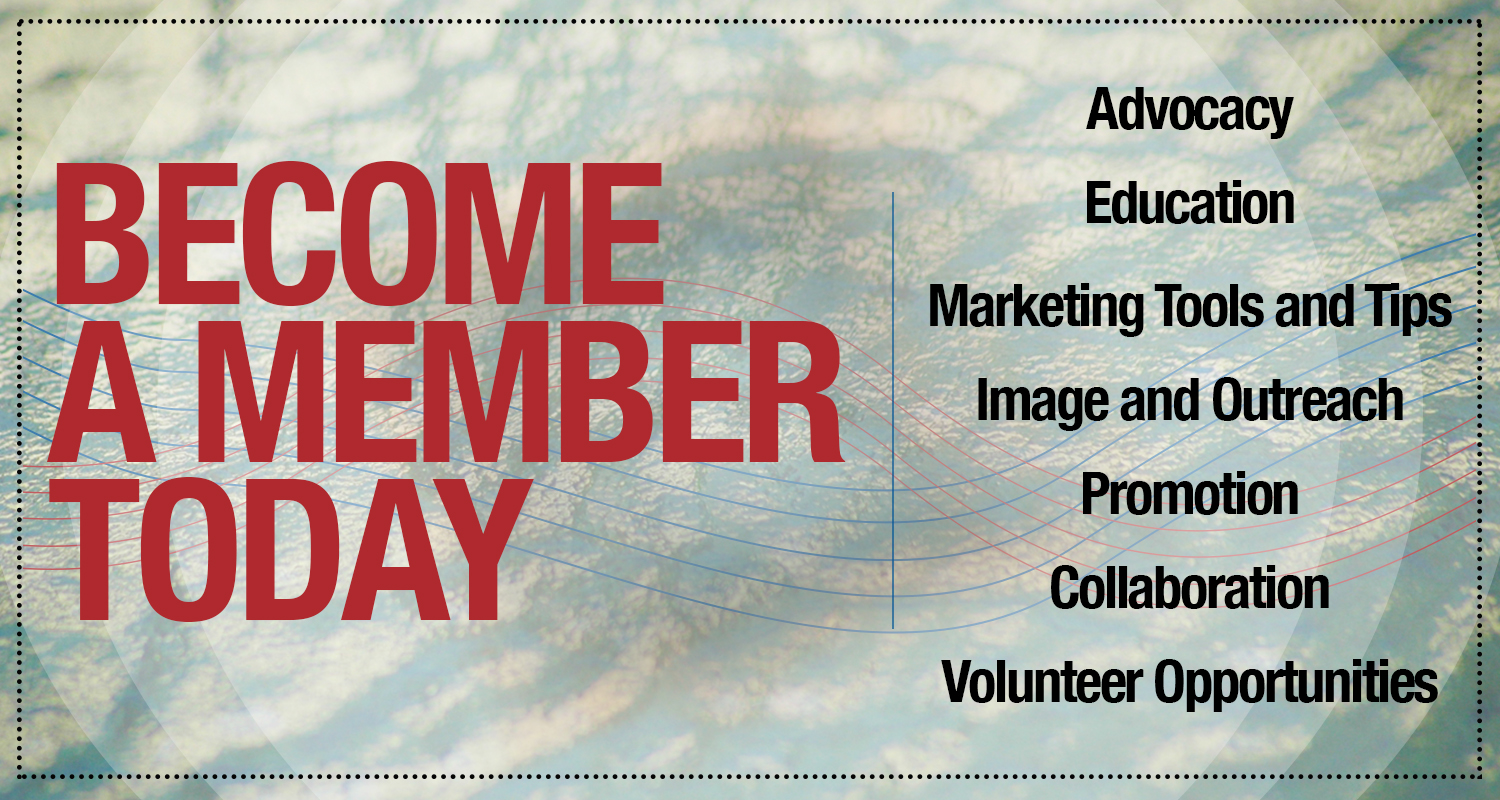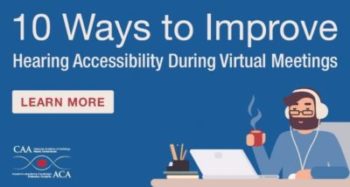Despite the many benefits of hearing aids, users still face barriers with speech in noise and music perception. These dissatisfactions arise from technological limitations and maladaptive plasticity related to auditory deprivation, impairing central auditory processing. Innovative solutions are needed to address these challenges. At the MAPLab, we aim to develop innovative rehabilitation strategies to mitigate the effects of hearing loss on the brain’s ability to process complex sounds.
My past research has examined how extensive musical training shapes the integration of visual, auditory, vestibular, and tactile inputs, allowing humans to perceive their body’s position and movement in space. Research shows that some benefits associated with musical training, particularly regarding central auditory abilities, persist with age in professional musicians. However, it is unclear whether these benefits are limited to professionals and how musical expertise, age, and hearing loss impact musical perception. This presentation will discuss our recent research projects on the topic.
Inspired by the observation that some activities producing tactile sensations also produce sound, I developed a glove containing vibrotactile loudspeakers. In this presentation, I will talk about our most recent research projects related to the potential benefits, limits, and underlying neural mechanisms of vibrotactile perception and auditory-tactile integration.
Learning Objectives:
- Learn about innovative rehabilitation approaches to improve auditory processing and mitigate the effects of hearing loss.
- The presentation will highlight how musical training can shape the integration of multisensory inputs and its potential benefits for auditory rehabilitation.
- Gain insights into the potential benefits of vibrotactile inputs and the neural mechanisms behind auditory-tactile integration.



